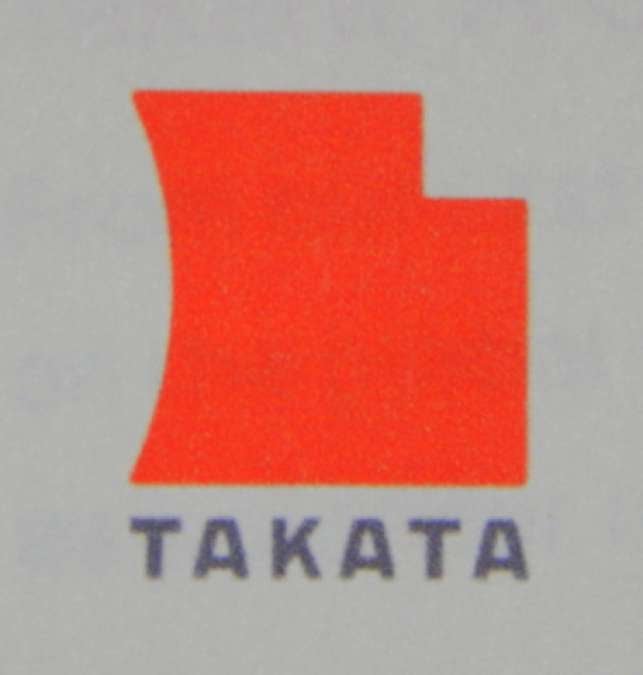To say that critics of the continued use of ammonium nitrate are upset is putting it mildly. It is fairer to say they are as irate as a nestful of angry hornet looking for something to take it out on. Ammonium nitrate is Takata’s airbag propellant of choice and has been for more nearly 20 years. It is also one of the least stable explosives that can be employed in that role.
Sens. Edward Markey, D-Mass., and Richard Blumenthal, D-Conn., called on the National Transportation Safety Board (NTSB) to look into the Aug. 22 Texas blast that killed one and injured four between Del Rio and Eagle Pass on U.S. 277. The blast bears some eerie similarity to the explosions in Honda vehicles that have claimed 14 and hurt hundreds.
Cylinders of Ammonium Nitrate
The truck was carrying 14,000 cylinders of ammonium nitrate, the propellant that has been linked to 14 deadly airbag inflator failures. The failures, caused by unstable ammonium nitrate, the propellant used by the manufacturer, caused front driver and passenger airbag housings to shatter on deployment. When the inflators broke apart, the metal housings and plastic parts shattered causing the shrapnel-like pieces to scythe through passenger compartments, causing the deaths and 150 injuries.
Sens. Markey and Blumenthal said the explosion places ammonium nitrate squarely in the spotlight with regard to its overall stability. In a statement, quoted in Automotive News Wednesday, the lawmakers stated that they “already know Takata has endangered millions behind the wheel. The recent tragedy in Texas raises questions about how many millions more are in harm’s way because of Takata’s practices transporting its hazardous product.”
According to the NTSB, the truck transporting the materials failed to negotiate a curve, crashing into a house, killing its occupant. The occupant had to be identified from teeth found at the scene. The strength and heat of the blast disintegrated the house and created a blast crater. The explosion broke windows in homes two miles away from the crash site. NTSB probers have requested the shipping and other paperwork in connection with the crash.
Preliminary indications show the materials in the truck were “packaged properly,” NTSB spokesman Eric Weiss said in an emailed comment. “If the review of documents and other information shows cause to investigate, the NTSB will do so.” Also, the agency will help Texas if its investigators request assistance.
Similar Blasts in 1980s, 90s
Clarence Ditlow, executive director of the Center for Auto Safety, said the blast reminded him of several explosions that occurred at a TRW airbag inflator plant in the 1980s and 90s. The blast, though, involved a different compound. He said the explosion raises serious questions about the safety of transporting ammonium nitrate by truck as millions of recalled airbags are replaced.
This incident shows there’s a need to get completely away from ammonium nitrate,” said the director of the Washington-based auto safety watchdog group. Takata’s choice of ammonium nitrate was one of the biggest engineering mistakes in automotive history. Why are the still using it?”
By the time the airbag recall is over between now and 2019, 70 million or more Takata airbag inflators are slated to have been replaced in what has been termed the largest and most complex auto safety-related recall in history. The culprit in the recall has been identified as ammonium nitrate propellant used by Takata. NHTSA has said a combination of time, exposure to moisture and high temperatures create instability in the propellant. The deterioration of the propellant creates a condition where the blast is too strong, and housings have crumbled into shards of shrapnel that have killed and wounded drivers.
Other airbag manufacturers have looked at and avoided ammonium nitrate due to safety issues. Meantime, many of the replacement Takata inflators have continued to use ammonium nitrate. However, there is a big difference. Some Takata-made inflators incorporate a drying agent. There are indications that the drying agent will make the propellant stable. However, it remains to be fully proven. Takata has two years to demonstrate those inflators – using a desiccant or drying agent – are safe. If not they, too, will be recalled and phased out, NHTSA says.
Meantime, Sens. Markey and Blumenthal lambasted Takata for its “terrible track record of cutting corners to put profits before safety” and lying to regulators. They asked Takata to recall all vehicles with ammonium nitrate-based airbags a year ago. And, they are concerned about the pace of the recall.





